When the hatch to the exterior airlock cabin opened, two Shenzhou-14 crew members poked their heads out into the void in their white spacesuits, and several tools began supporting the Chinese spacewalkers.
Taikonauts Chen Dong and Liu Yang kicked off their spacewalk on Thursday and completed all extravehicular tasks at 00:33 (Beijing Time) on Friday, lasting about six hours. It is the fifth spacewalk outside China's space station and the first out of the newly-launched Wentian lab module.
Assisted by taikonaut Cai Xuzhe inside the lab module, the pair completed a series of tasks, including the installation of the extended pump set of the Wentian lab module, lifting the lab module's panoramic camera, and the verification of capability for independent transfer and emergency return to the spacecraft.
EASIER EXIT
Compared with their predecessors who exited the station's core module, the Shenzhou-14 taikonauts went out from a larger doorway into space.
According to the China Manned Space Agency, the diameter of the exit hatch of the core module is 0.85 meters, while that of the Wentian module reaches 1 meter. It allowed the taikonauts wearing puffy spacesuits to go through easier.
Pictures and videos later supplied by the space agency showed the pair opening the module hatch and using a robotic arm to maneuver equipment with Earth in the background.
LONGER LIFELINE
One of the most vital equipment pieces to keep taikonauts from floating away into space is a safety tether, the equivalent of a simple rope connecting their spacesuits to the spacecraft.
When the Shenzhou-7 taikonaut Zhai Zhigang performed China's first spacewalk in 2008, a 1-meter fixed-length tether was his lifeline.
For spacewalks on the space station, Chinese scientists have developed a new retractable steel wire rope, which ensures a safe connection of more than 10 meters between taikonauts and spacecraft. The lifeline can also withstand irradiation, particles, and a temperature difference of nearly 200 degrees Celsius in space.
SMARTER SYSTEM
Thanks to two lamps outside the Wentian lab module, the Shenzhou-14 taikonauts carried out extravehicular operations in a brighter environment than in previous missions.
Apart from guiding spacewalkers in the darkness of the universe, the Wentian lighting system has also provided taikonauts with favorable lighting conditions inside.
Unlike on Earth, taikonauts will experience about 14 sunrises and sunsets each day in orbit, which can cause changes in their biological clocks, probably resulting in sleep disorders, fatigue, and work efficiency reduction.
The lighting system enables them to control the internal lights through a cell phone app, so they can switch lights between sleep, work, exercise, and other modes to avoid discomfort during the six-month spaceflight.
China launched the Shenzhou-14 spaceship on June 5. The crew has completed tasks such as arranging cargo, testing equipment, and conducting scientific experiments on the country's under-construction space station.









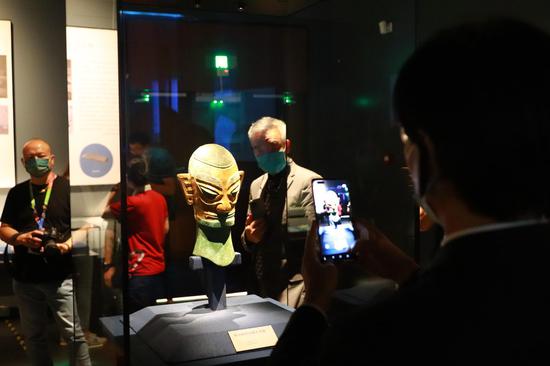
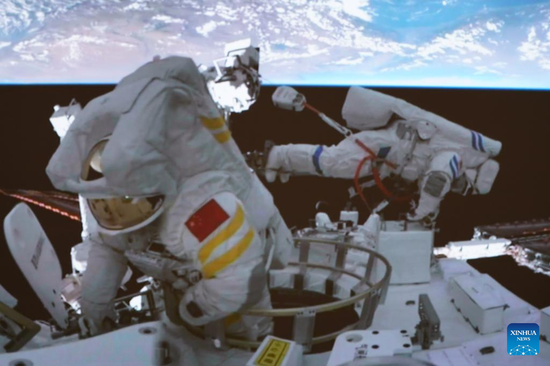

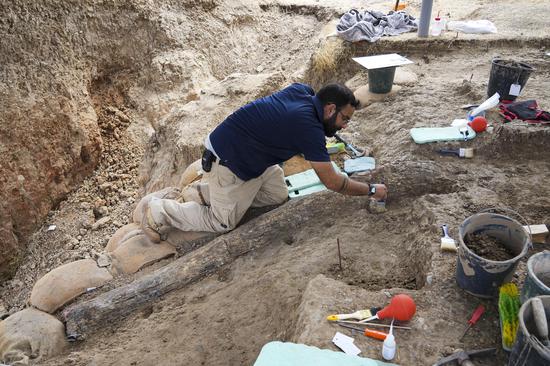



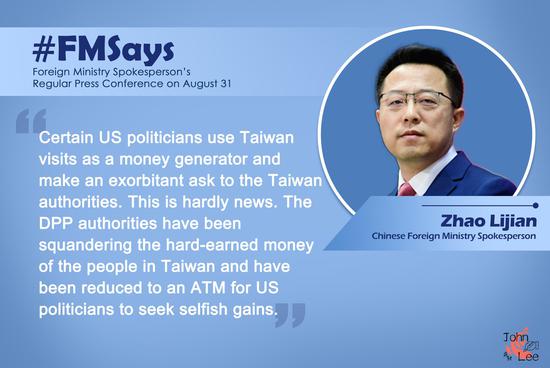
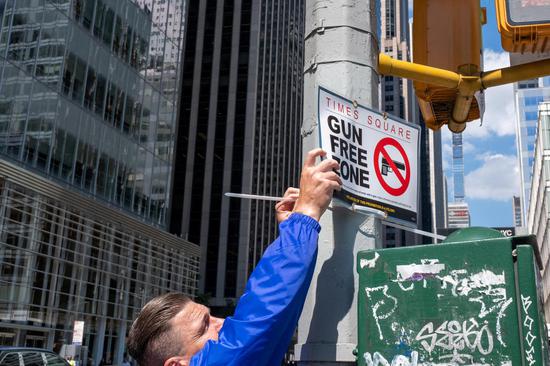

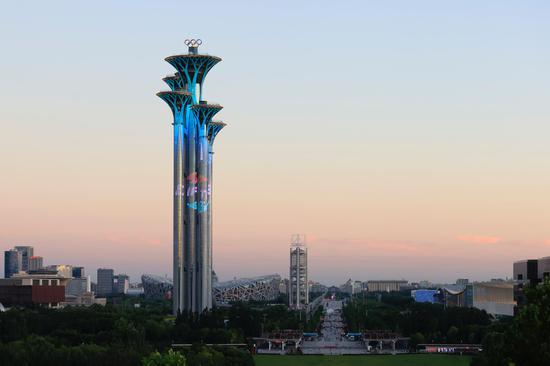

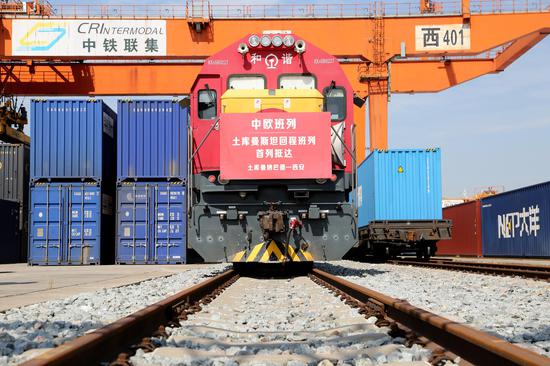
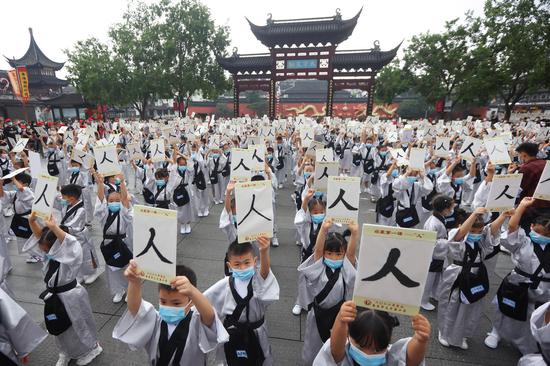
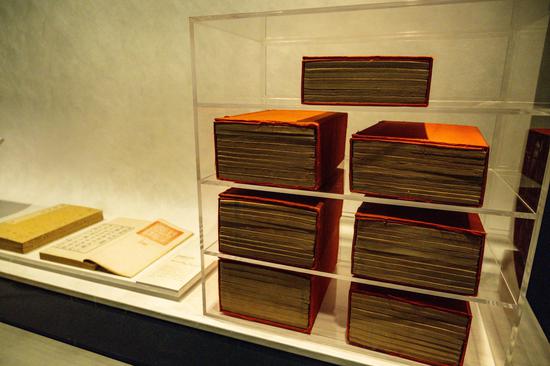

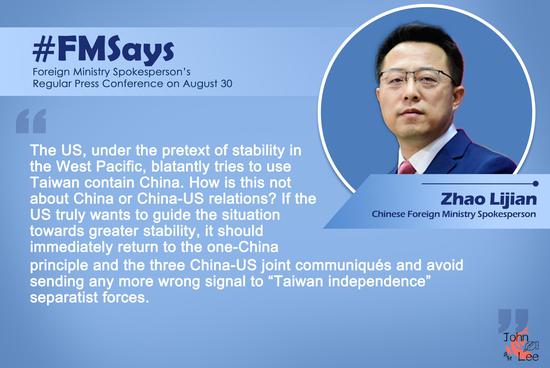
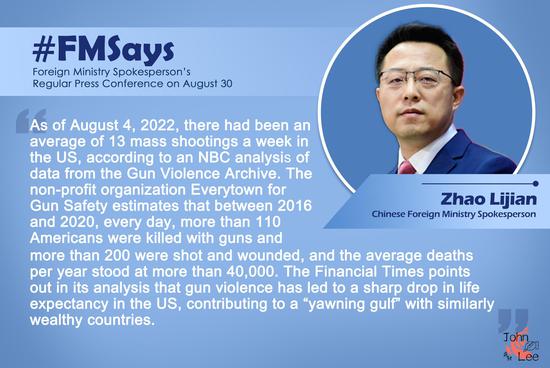

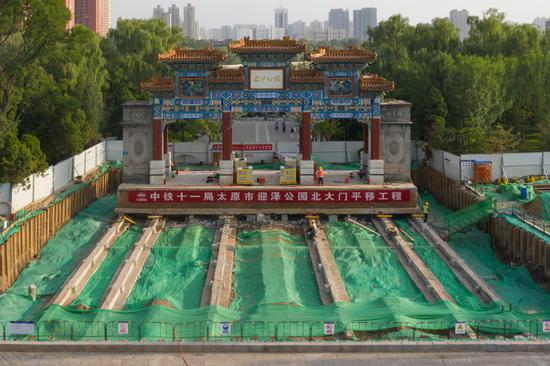


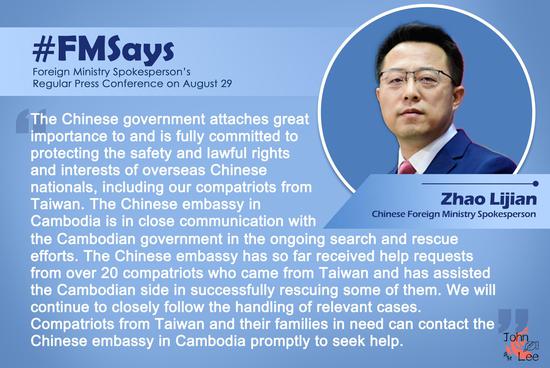

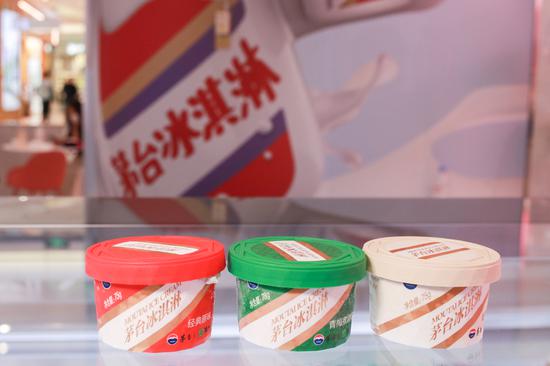

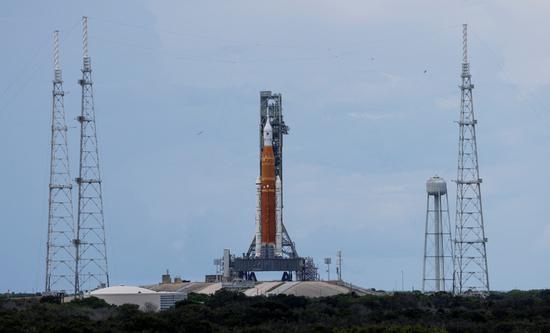

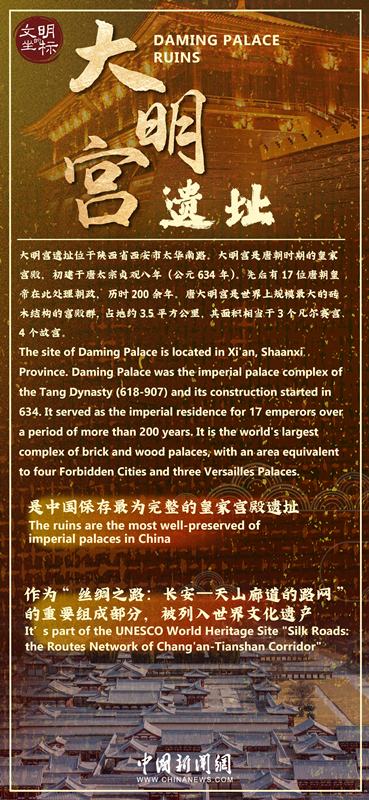
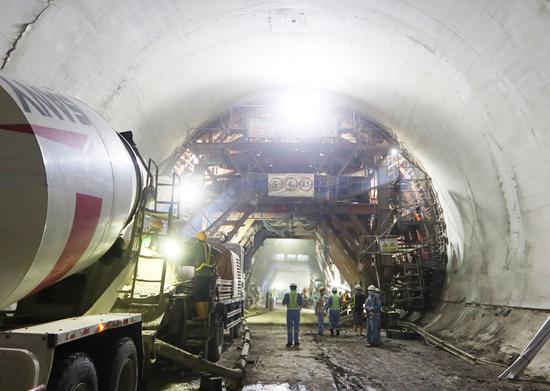



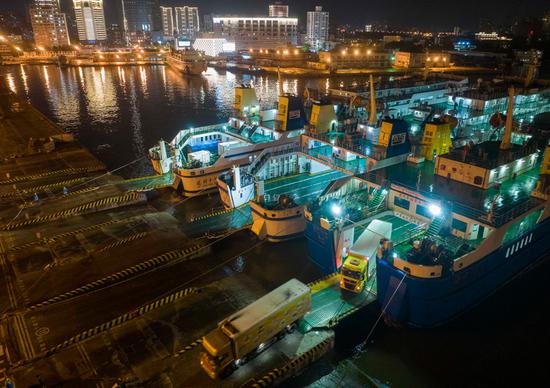

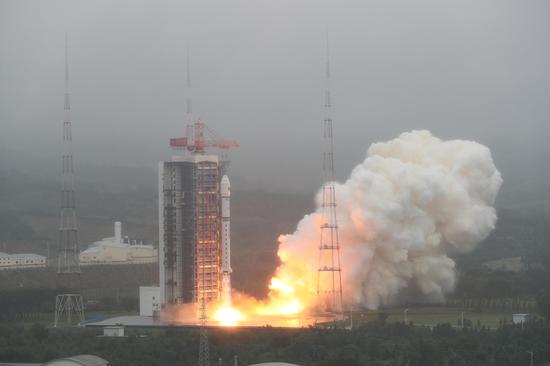





 京公网安备 11010202009201号
京公网安备 11010202009201号